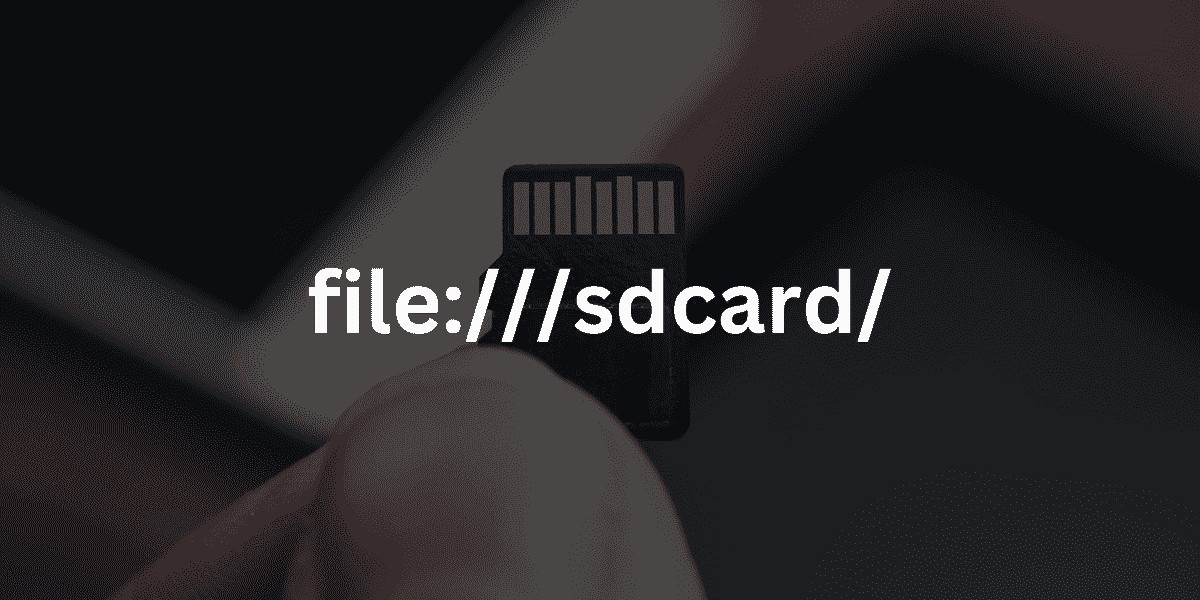If you've ever explored the inner workings of an Android device or delved into its file system, you may have come across the mysterious file path "file:///sdcard" or something similar. This seemingly cryptic string raises many questions for curious users and developers alike. What does it mean? How does it relate to Android's storage system? In this article, we'll demystify the "file:///sdcard" path and shed light on its significance in Android.
Understanding Android Storage
To understand the "file:///sdcard" path, we need to first grasp the basics of Android's storage system. Android devices typically have two main types of storage:
- Internal Storage: This is the built-in storage on your device where the operating system, system apps, and user data are stored. It's not accessible to users unless the device is rooted, which is a process that gives users elevated privileges.
- External Storage (SD Card): This is optional storage that users can add to their device in the form of a microSD card. It provides additional space for storing photos, videos, music, and other files. Users can also use this storage to transfer files between devices.
The "file:///sdcard" Path
Now, let's break down the "file:///sdcard" path: file:// indicates that this is a file path or URL. In Android, file paths often start with "file://".
"/sdcard" is the path to the root directory of the external storage, typically an SD card. However, this path doesn't always have to point to a physical SD card. On modern Android devices, it often refers to a portion of the internal storage reserved for user files, which is still accessible as if it were an SD card.
Uses of the "file:///sdcard" Path
- File Browsing: The "file:///sdcard" path can be used in file browser apps to access and manage files on the external storage or the internal storage designated for user files. Users can navigate through their photos, videos, downloads, and more using this path.
- File Access in Apps: Developers can use this path to read and write files on the external or internal storage, depending on the device's configuration. Apps may use this path to save user-generated content or to access media files.
- File Transfer: When you connect your Android device to a computer via USB, you might see this path as the entry point to access your device's storage from the computer.
- Legacy Compatibility: Some older apps and utilities may use this path for file operations because it has been a long-standing convention in Android.
Conclusion
The file sdcard open path is a fundamental part of Android's storage system, providing access to both external and internal storage areas for file operations. It plays a vital role in file management, data access, and compatibility with older Android software.
As Android evolves, the distinction between external SD cards and internal storage may become less clear, as many devices now offer unified storage systems. However, understanding this path remains important for users and developers to navigate and manage files effectively on their Android devices



